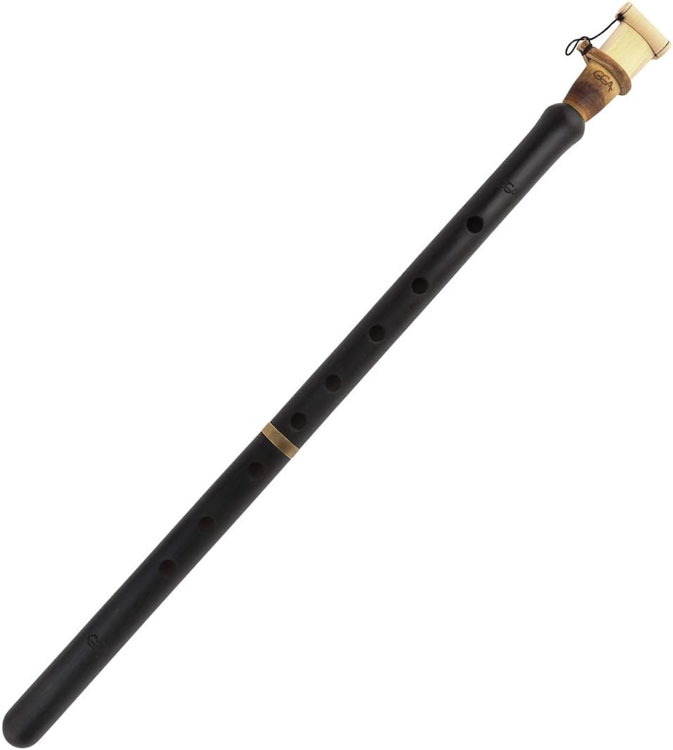The duduk, a traditional Armenian woodwind instrument, has a rich history and cultural significance. Made of apricot wood and featuring a double reed mouthpiece, it produces a haunting and melancholic sound. Moreover, the duduk’s roots can be traced back to the times of the Armenian king Tigran the Great (95-55 BC), making it an integral part of Armenian culture for centuries.
In terms of playing technique, the duduk is typically performed by two musicians. One player creates a continuous drone by playing a single note, while the other player develops complex melodies and improvisations. Additionally, circular breathing is commonly used to sustain long notes and create a seamless sound. This requires skill and practice to master, given the instrument’s unique fingering system and the need for control over breath and embouchure.
Despite its long-standing cultural significance, the duduk has gained modern interest and influence. It has been featured in numerous film soundtracks, where its distinct, evocative sound adds authenticity and emotional depth to the music. This popularity has also led to the creation of duduk libraries and virtual instruments for digital music production.
Variations of the duduk exist, with different lengths ranging from 28 to 40 cm. The longer duduks are often used for love songs, while the smaller ones are more commonly used for dances. While apricot wood is the traditional material used for making duduks, variations made from other woods can also be found.
Several notable duduk musicians have contributed to its popularity, such as Jivan (or Djivan) Gasparyan, Gevorg Dabaghyan, Arsen Petrosyan, Lévon Minassian, Anna Mkhitaryan, and Armen Grigoryan.
(headline image: Concert Armenian duduk Master Galstyan Key ‘F)


